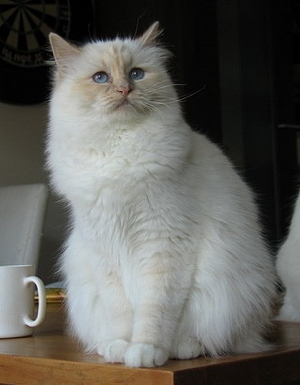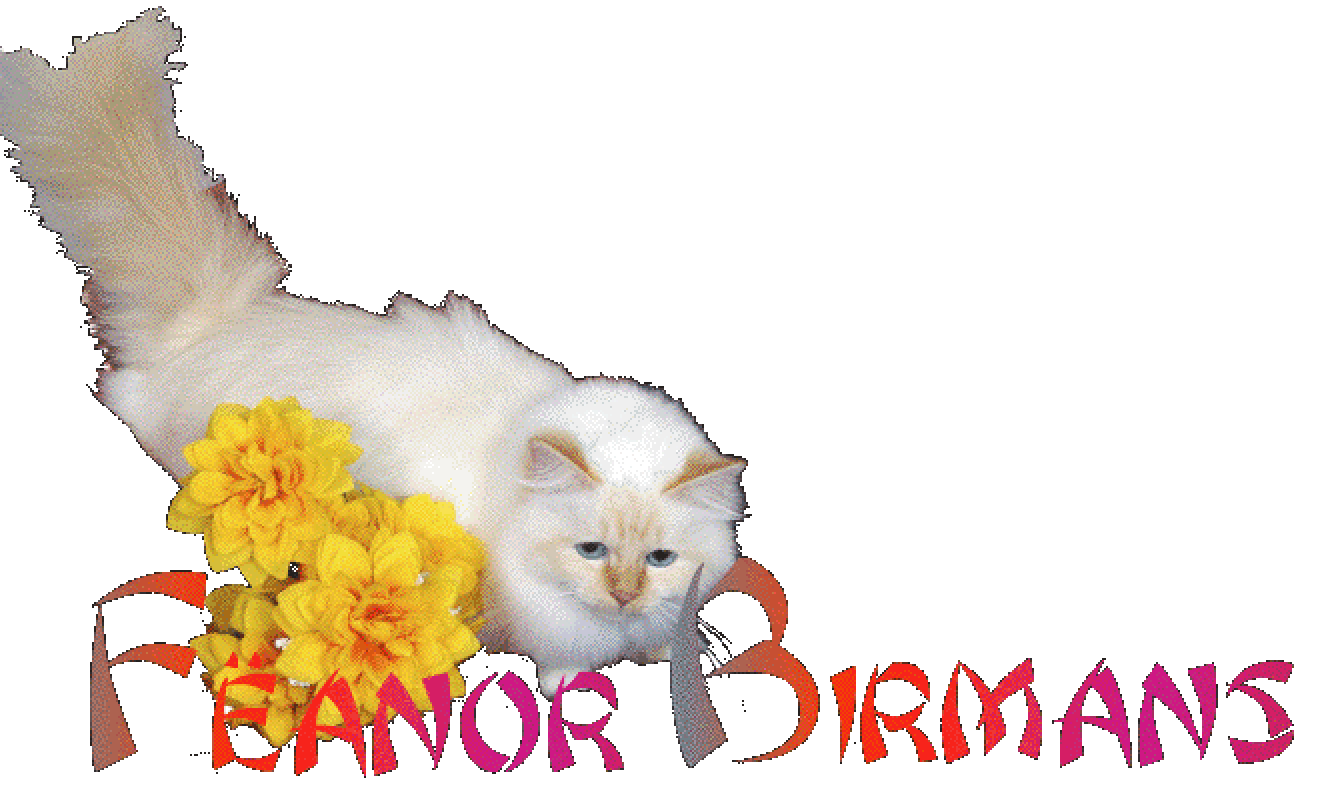Torties
Red colouring
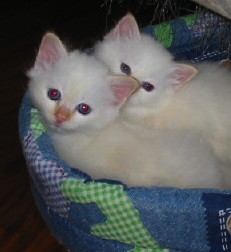 The colour of a cat is caused by melanin pigmentation, just like in humans. Cats, however, have two types of melanin - eumelanin and phaeomelanin. Phaeomelanin causes the red-type colouring and eumelanin causes the other colours.
The colour of a cat is caused by melanin pigmentation, just like in humans. Cats, however, have two types of melanin - eumelanin and phaeomelanin. Phaeomelanin causes the red-type colouring and eumelanin causes the other colours.
On the X chromosome of a cat is a gene - often referred to as the O gene -which determines if the melanin pigment to be used is eumelanin or phaeomelanin. If the gene is switched on, phaeomelanin is used. If the gene is switched off, eumelanin is used.
If a cat has a dense pattern of phaeomelanin, it is a red cat. If it has a less dense or dilute pattern of phaeomelanin, it is a cream cat. Whether there is a dense or dilute pattern of melanin is determined by another gene called the dilute gene.
Other colours
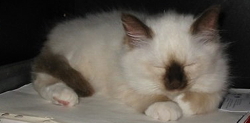 There are a lot of varieties of colours that the eumelanin can create compared to phaeomelanin. Black, blue, chocolate, lilac, cinnamon and fawn are all caused by the density and shape of the eumelanin pigment.
There are a lot of varieties of colours that the eumelanin can create compared to phaeomelanin. Black, blue, chocolate, lilac, cinnamon and fawn are all caused by the density and shape of the eumelanin pigment.
Torties
 Torties are caused by the female having two X chromosomes, one of which has the O gene switched on - causing the melanin to be phaeolmelanin and the red colour - and the other has the O gene switched off - causing the melanin to be eumelanin and a non-red colour.
Torties are caused by the female having two X chromosomes, one of which has the O gene switched on - causing the melanin to be phaeolmelanin and the red colour - and the other has the O gene switched off - causing the melanin to be eumelanin and a non-red colour.
This confusion causes some parts of the cat to be red coloured, and other parts to be non-red coloured.
This is why nearly all torties are females. However some males can be torties due to having two X chromosomes. These males are nearly always infertile.
When naming the colour of a cat with this pattern, we give the name of the colour caused by the eumelanin and then add Tortie after that. For example Chocolate Tortie means the eumelanin colour caused by one X chromosome is chocolate, and the other X chromosome is creating phaeomelanin.
The pattern on each tortie is unpredictable and always unique.
Seal Torties


The
Blue Torties
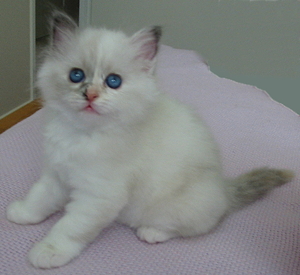

The
Chocolate Torties
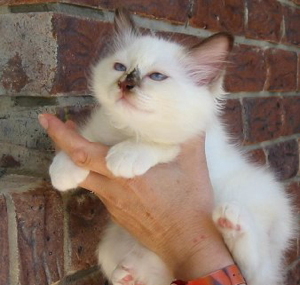
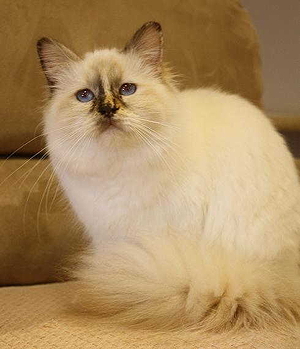
Lilac Torties

